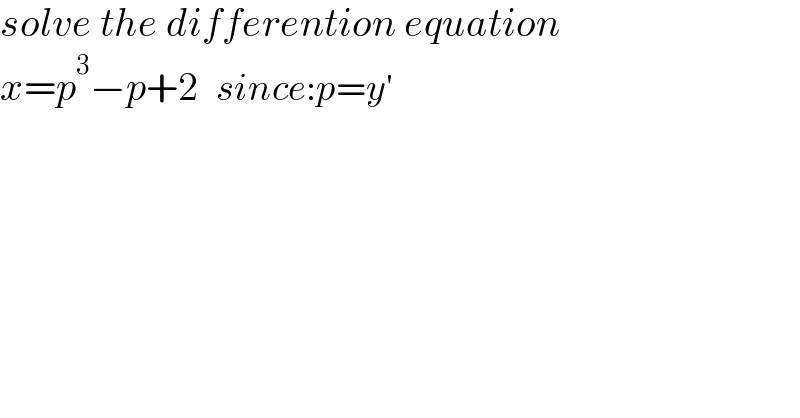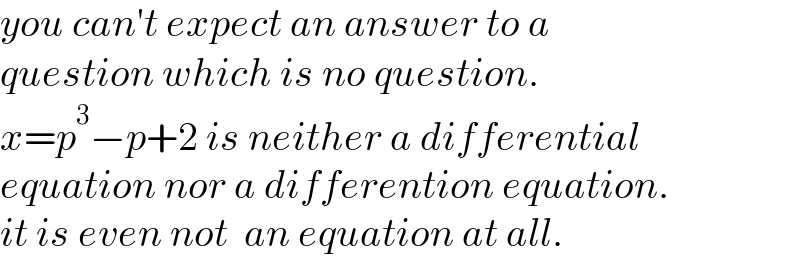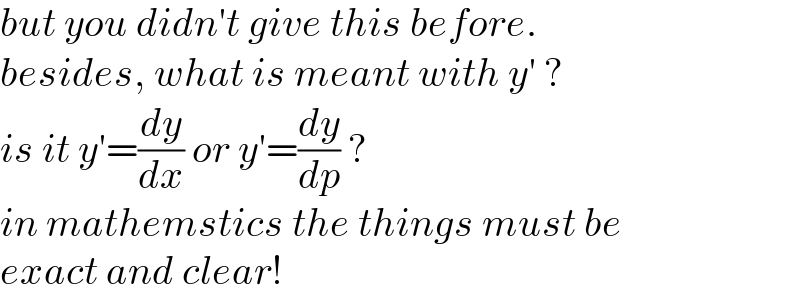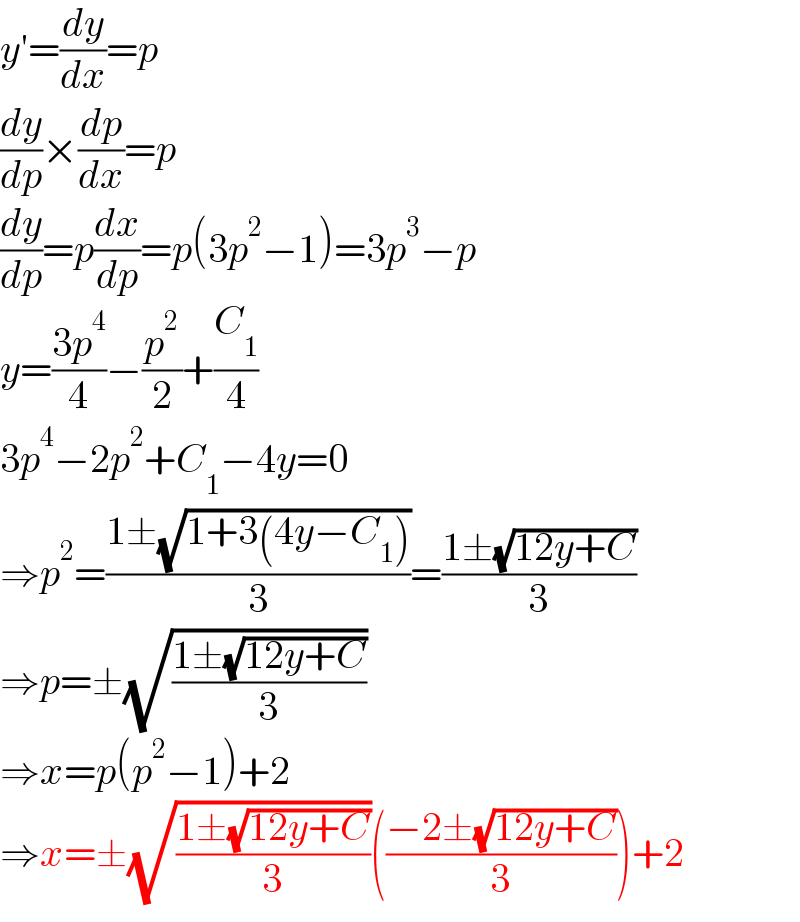
Question and Answers Forum
Question Number 143165 by mohammad17 last updated on 11/Jun/21

Commented by mohammad17 last updated on 11/Jun/21

Commented by mr W last updated on 11/Jun/21

Commented by mohammad17 last updated on 11/Jun/21

Commented by mr W last updated on 11/Jun/21

Answered by Cwesi last updated on 10/Jun/21

Answered by mr W last updated on 11/Jun/21

